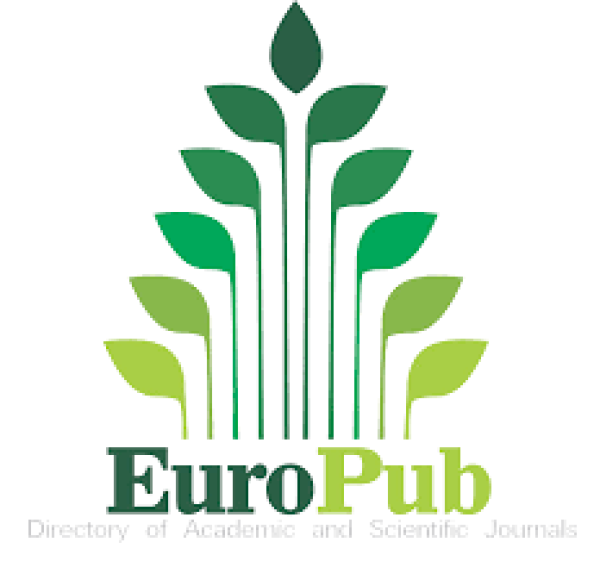Growth Performance of Broilers Fed Diet with Pelleted Phytobiotic Feeds
DOI:
https://doi.org/10.65141/jeraff.v4i2.n8Keywords:
Feed conversion ratio, growth performance, pellet feeds, phytobiotics, broilersAbstract
To evaluate the effect of pelleted phytobiotic feeds on the growth performance of broilers, 150 – day old broilers were divided into five groups and assigned to one of the five treatments with 0%, 2% commercial antibiotics, and each 5% of lagundi, oregano, and guava leaf meal following the Completely Randomized Design. Based on the result of the study, the use of pelleted phytobiotics as feedstuff for broiler chicken has no significant effect on their growth performance in terms of body weight, weight gain, percentage rate of growth, feed consumption, feed conversion ratio, and efficiency. In addition, the broilers fed with pelleted phytobiotic feeds with 5% guava leaf meal produced the highest return of investment; hence, it is recommended and can be safely used as feed ingredients to the broilers without any deleterious effect on the growth performance. Further study should also be done on the histopathological effects of phytobiotics on the gut of the broiler.
References
Alagawany, M., Abd el-Hack, M. E., & Farag, M. R. (2018). The usefulness of oregano and its derivatives in poultry nutrition. World’s Poultry Science Journal, 74(3), 463–474. https://doi.org/10.1017/S0043933918000454
Bampidis, V. A., Christodoulou, V., Florou-Paneri, P., Christaki, E., Chatzopoulou, P. S., Tsiligianni, T., & Spais, A. B. (2005). Effect of dietary dried oregano leaves on growth performance, carcass characteristics, and serum cholesterol of female early maturing turkeys. British Poultry Science, 46(5), 595–601. https://doi.org/10.1080/00071660500256057
Fallah, R., Kiani, A., & Arash Azarfar. (2013). A review of the role of five kinds of alternatives to infeed antibiotics in broiler production. ResearchGate, 5. https://www.researchgate.net/publication/273499941_A_review_of_the_role_of_five_kinds_of_alternatives_to_infeed_antibiotics_in_broiler_production
Iheukwumere, F. C., Ndubuisi, E. C., Mazi, E. A., & Onyekwere, M. U. (2008). Performance, Nutrient Utilization and Organ Characteristics of Broilers Fed Cassava Leaf Meal (Manihot esculenta Crantz). Pakistan Journal of Nutrition, 7(1), 13–16. https://doi.org/10.3923/pjn.2008.13.16
Philippine Society of Animal Nutritionists. (2003). PHILSAN Feed Reference Standards for Broilers (3rd ed.). Philippine Society of Animal Nutritionists.
Reyes, J. L. (2005). Upgrading of native chicken by crossing with exotic breeds. CVARRD RDE Journal, 1–15.
Sultana, N. N., Mou, S. J., Mostofa, M., & Rahman, M. A. (2016). Efficacy of neem (Azadirachta indica) leaf, nishyinda (Vitex negundo) leaf, and turmeric (Curcuma longa) rhizome supplementation on the growth performance of broiler chicken [Master’s thesis]. Bangladesh Agricultural University. https://doi.org/10.3329/ralf.v3i2.29361
Toghyani, M., Toghyani, M., Gheisari, A., Ghalamkari, G., & Mohammadrezaei, M. (2010). Growth performance, serum biochemistry and blood hematology of broiler chicks fed different levels of black seed (Nigella sativa) and peppermint (Mentha piperita). Livestock Science, 129(1-3), 173–178. https://doi.org/10.1016/j.livsci.2010.01.021










